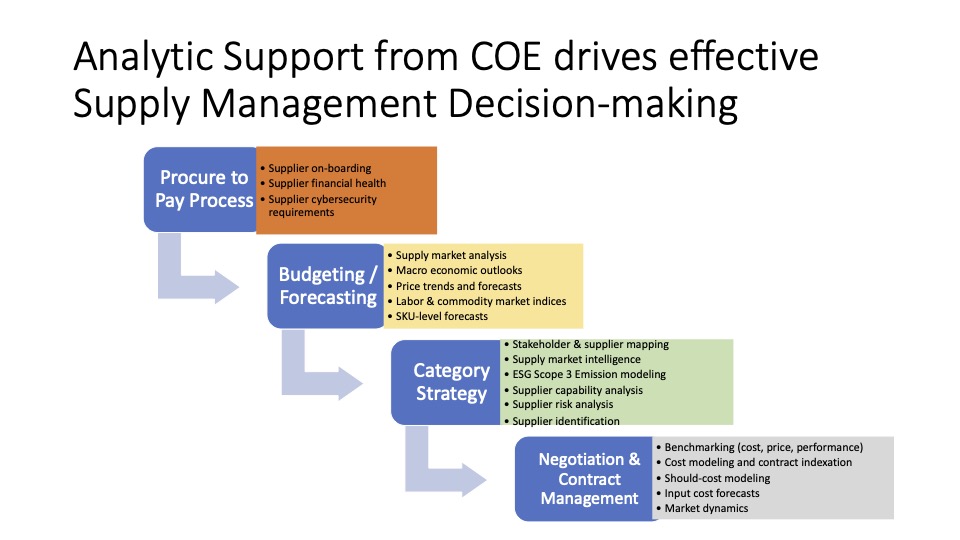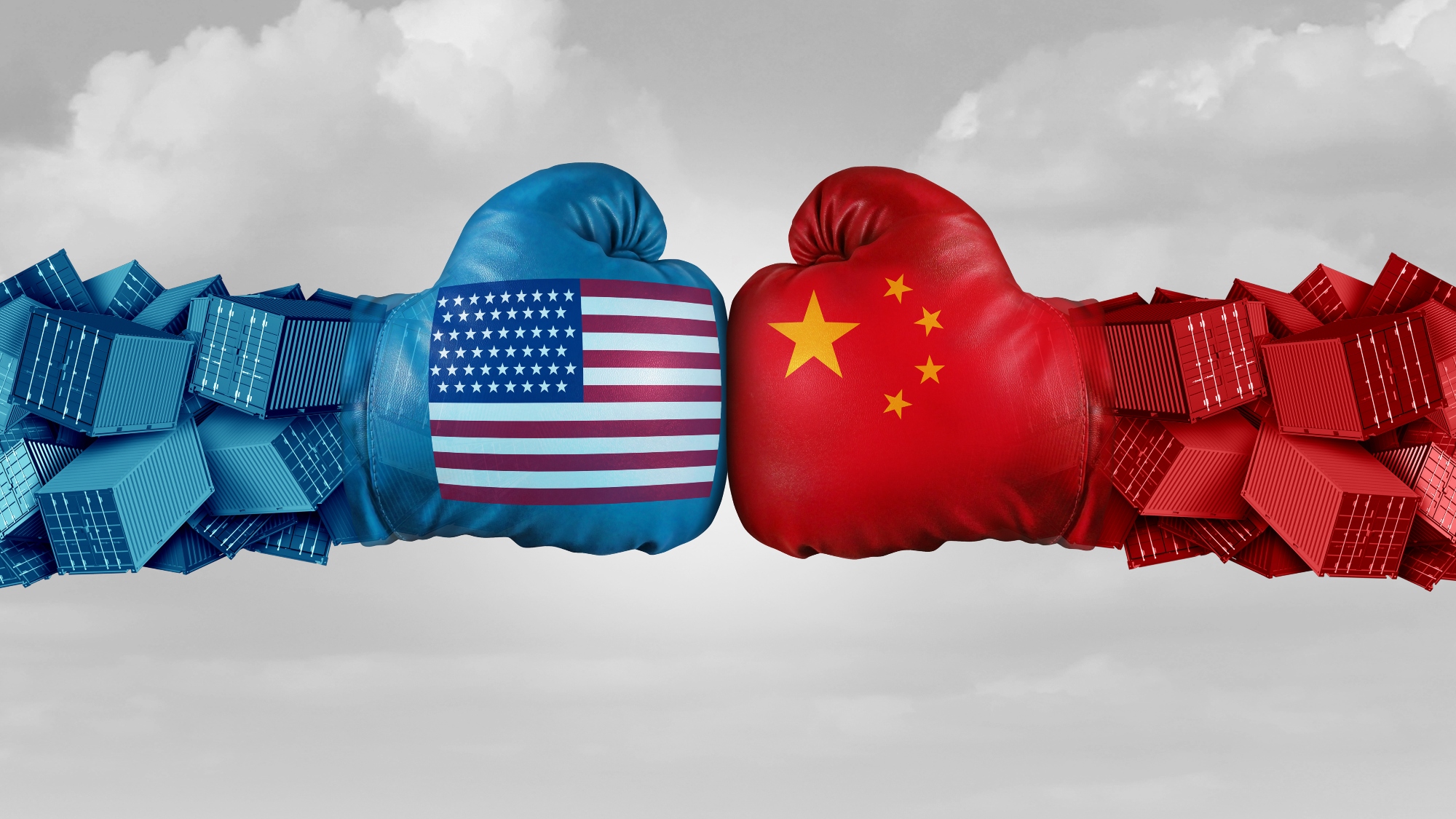Ten Reasons Why You Can’t Automate Human Relationships – A Guide for Supply Chain Managers, Part 2
We continue the discussion in the previous column on SCM on why human relationships are so important to management supply chains.
6. Data Mean Different Things to Different People
In the B2B era, software developers were selling the vision of global trade exchanges which would bring buyers and sellers together on the same platform, to clear markets and drive down costs. However, they overlooked the fact that data integration is still a major challenge. In a previous meeting, Stephanie Miles from Bridgepoint [an information visibility provider] noted that data often means very different things to different people on the ground – citing an example with a large retailer where it took a five hour discussion with key stakeholders to determine what the meaning of “on-time delivery” actually represented in terms of the firm’s data dictionary. Thus, face-to-face conversations are almost always required to attribute meaning to data prior to automating the relationship.
7. China in 2005: Do you have a strategy?
As the year 2005 gets even closer, China’s entry into the WTO is looming. If you have not yet thought about what your firm’s China strategy is going to be, it would be a good idea to begin thinking about it now, particularly with respect to supplier relationship management. Gregg Malicki, a speaker at our last SCRC conference, noted that in China business relationships are absolutely critical to success. Unless you understand who the right people are that you are dealing with, and their connections to local government agencies, logistical pipeline issues are likely to occur. Relationships in China means understanding not only the plant issues, but the location issues as well. The recent problems encountered by New Balance in China illustrates this problem. When they outsourced manufacture of their shoes to a Chinese manufacturer, they failed to manage the relationship, and in fact “insulted” the head of the company. Several months later, they discovered lower priced versions of their shoes with the same quality being sold on the black market to companies worldwide; and they were unable to stop it!
8. Channel/Supply Chain Design: Ten Hats are Better then One
Cross-functional involvement in supply chain and channel design between not only internal functions, but between suppliers and your different functional groups are critical. The most obvious example of this is the generic automotive product development process in North America; the design of the vehicle is frozen at least 24 months before start of production – part of this restriction is required due to the detailed Production Parts Approval Process mandated for safety reasons, but also because of the existing sequential handoffs that occur during the process. The problem in most cases, however, is that purchasing, logistics, and order fulfillment personnel typically have no input into the design until shortly before this deadline – when the decisions have already been made! How much leverage do these people have in altering the direction of a locomotive that is speeding along at 80 miles per hour on a track that has already been laid two years earlier?
9. People Are Strange When You’re a Stranger: Geographic Differences
Understanding geographical differences, particularly in the retail industry, can make the difference between a successful and unsuccessful merchandising strategy. Once a product is on the shelf – it’s too late! These decisions must be made earlier. Channel design decisions in merchandising have dramatic impacts – but once the product is on the shelf, it is a lot harder to get rid of or sell at a discount – and the decisions are a lot less costly to reverse if made earlier in the customer channel design and merchandise process. Analysis of a single product family identifed gross discrepancies across price points in terms of inventory turns versus units sold. This data had to be manually extracted from the system – today, the retailer is seeking ways to allow store managers to download this data themselves, to allow them to make better merchandising decisions based on local geographic requirements.
10. Information Becomes Distorted
Remember the old game where a word is shared along a line of people, and eventually becomes completely different when it reaches the final person in the linkage? This same effect occurs with data passed through multiple organizations in a supply chain as well. In fact, a recent study by the SCRC examining forecasts developed by GM and passed backwards through a textile supply chain. While forecast error for the Tier 1 was between 5 and 20%, it degenerated to 22% at Tier 2, 28% at Tier 3, and up to 30% at Tier 4. To overcome this issue, the team recommended a shared 20 week forecast provided by GM to all parties in the supply chain.
Clearly, not all of these problems can be solved overnight. This is even more reason to emphasize having the best people available and “on the ground” to handle supply chain relationships in person.
- Categories:


